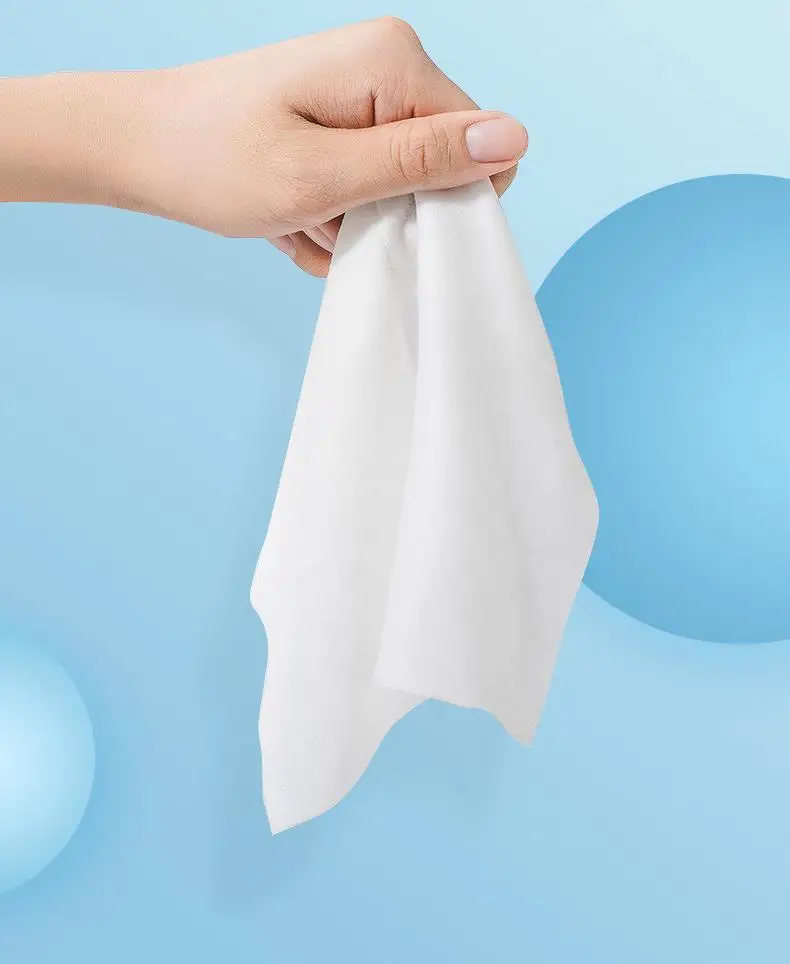
Spunlace nonwoven cloth , also referred to as a non-woven cloth in the textile business, isn't woven and doesn't comply with the traditional procedure. Instead, it has a cloth-like material made of directional or cluttered fiber mesh without conventional weaving methods or methods. It uses the water and also friction between its adhesive force or the external glue's tenacious strength, or two forces.
The aforementioned details combine threads, i.e., by friction reinforcement, strengthening and maintain, or a process of communicating a fiber-reinforced attribute got.
Nonwovens originated in the late 1940s and early 1950s. Its technologies involves many fields such as chemical industrial manufacture, papermaking, plastics, polymer, etc.. It has the benefits of a very simple product process, higher production contact efficiency, comprehensive sources of fiber raw materials, multiple products, unique properties, broad applications, and significant economic interest. Nonwoven products have been applied to many areas, like the medical field, agricultural security, cosmetic cleaning, hygiene wipes, household cleaning (e.g., wet wipes), decoration and decoration, automotive interiors, clothing cloths, geotechnical construction materials, national defense aviation, and other fields.
The creation and processing of nonwoven fabrics mostly spunlace non woven wipes comprise two components: First part is the system formation and the stationary network procedure. The next part is the finishing and finishing procedure for nonwoven fabrics.
According to the net forming technology can be divided into three categories:
(1) dry process (2) moist procedure, and (3) plastic direct method.
In the last several decades, in China, active development use of petrochemical, polymer, polyester, cotton, viscose materials; accelerated growth of the chemical fiber industry; along with the adhesive sector contributed to the fast growth of non-manufacturing technology. On the other hand, the nonwoven manufacturing On here material sector's rapid growth also caused some contamination into the environment, mainly driven by many adhesives and polymer materials.
Green and environmentally friendly adhesives and composite materials have been the key to boosting the evolution of nonwovens. From the nonwoven cloth manufacturing process, the glue application is the principal finishing procedure, which impacts the nonwoven cloth's physical and chemical properties.
How to make a potent combination of web and sticking chemistry?
For excellent nonwovens, we must first understand the adhesion hypothesis of the adhesive. Only by understanding the adhesion hypothesis can a bond with excellent performance be developed, and nonwovens can click here be encouraged.